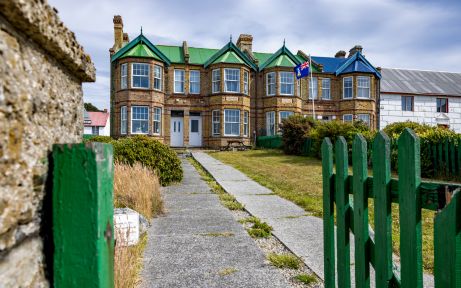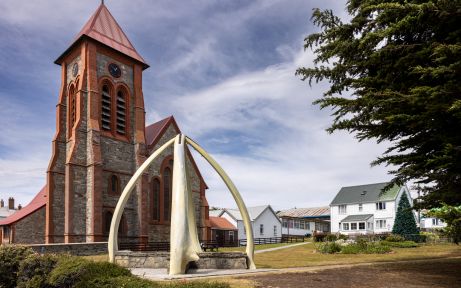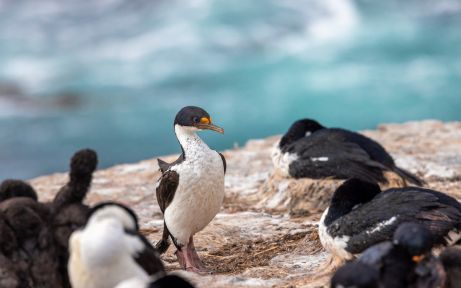Exciting changes are on the way!
As part of our merger with Polar Latitudes, we’re refreshing key elements of our website to reflect this new chapter. Discover more in our latest news update.
Off the coast of Patagonia lies the windswept island chain of the Falklands (Islas Malvinas).
Comprising the larger islands of East and West Falkland, and 776 smaller islands - only fifteen of which are inhabited - the Falklands is one of the least densely populated places on Earth. The islands are believed to have been uninhabited when British Captain John Strong sailed between the two main islands, naming the strait between them 'Falkland Sound', christening the islands with the name they are known by today. With only around 3,000 residents, the Falkland Islands are one of the most remote and least populous territories on Earth.
Area of Falkland Islands
Population of Falkland Islands
Facts about Falkland Islands
- Antarctica
- Falkland Islands







